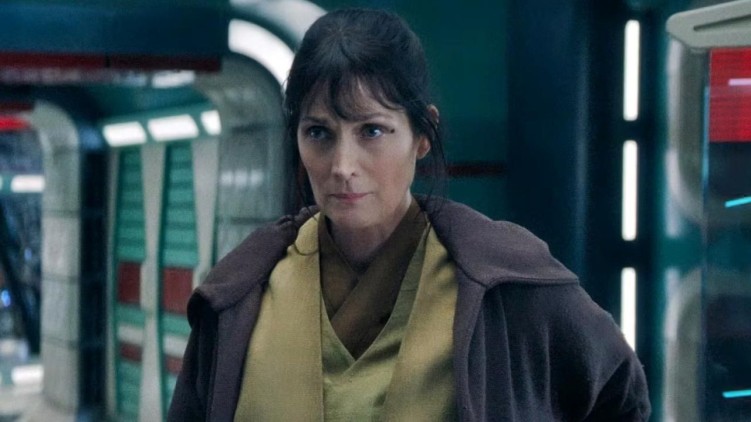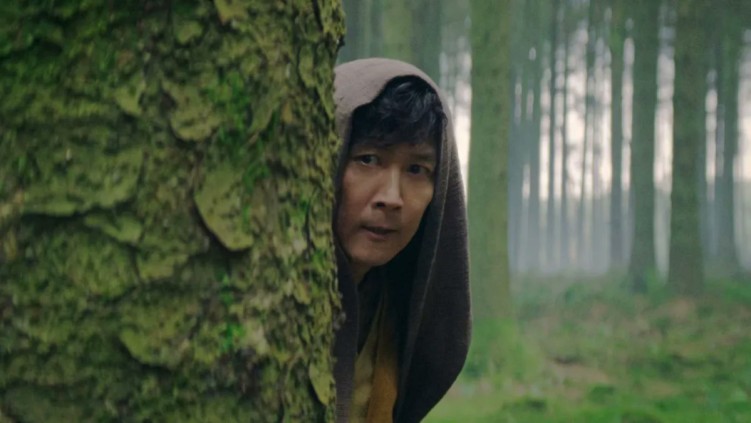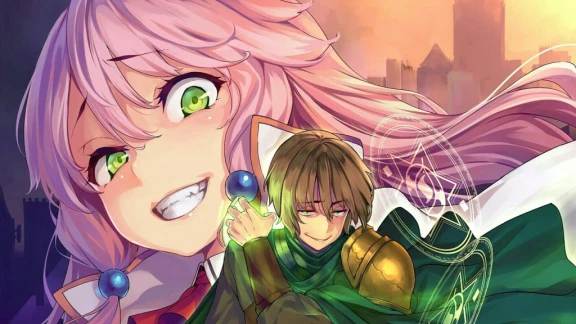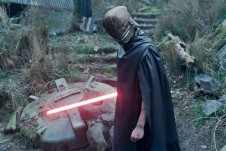
Star Wars: The Acolyte Episode 7, titled Choice, solved one of the biggest mysteries in the series: the death of Mother Aniseya (Jodie Turner-Smith) and her coven of witches. The penultimate episode featured another flashback as it returned to Brendok to reveal what happened on the mysterious planet 16 years before the events of the show’s present timeline. Aside from that, it also explores the concept of Force vergence 25 years after Star Wars: Episode I – The Phantom Menace.
Warning: Major spoilers ahead. Read at your own risk.
The Acolyte Episode 7 finally reveals the Jedi’s mission on Brendok. As Torbin (Dean-Charles Chapman) starts complaining about their task and wanting to go home to Coruscant, Sol (Lee Jung-jae) tells him they are looking for “vergence.” Indara (Carrie-Anne Moss) explains that it is a concentration of Force energy centered around a location.
Sol adds that it can create life, like what they see on the planet, and that it is a power that “should be studied,” making their mission noble. Later, Indara admits to Sol that her Padawan is too distracted to appreciate the importance of a vergence. However, they are unsure if it’s the cause of life on Brendok after being desolated due to a “hyperspace disaster,” which seemingly references The Great Hyperspace Disaster in Charles Soule’s The High Republic Star Wars novel, Light of the Jedi.
Later, they manage to prove that a vergence exists on the planet after learning that the twin sisters Mae and Osha's (Amandla Stenberg) blood results have extremely high M-counts and have the same symbionts, which they guess are probably manipulated by using a power dense that can split one consciousness into two bodies.
“Only a vergence could create that type of power,” Indara says.
“We just need proof of a vergence, and those girls are the proof,” Torbin adds.

What is a Force Vergence in Star Wars history?
In Star Wars history, a vergence, also known as a Force nexus, a nexus, or a locus, is an unusual but natural concentration of Force energy localized around a place, object, or person, like Anakin Skywalker. In The Phantom Menace, Qui-Gon Jinn (Liam Neeson) revealed that the young Anakin (Jake Matthew Lloyd) was a biological embodiment of vergence.
However, it’s usually a place where the Force is stronger, like the ethereal realm of Mortis, which is considered the ultimate vergence in the Force. It is where different Force powers exist and intermingle. In addition to Mortis, Dagobah and Ditto the Wellspring of Life planets are also believed to be a vergence in the Force.

Are Mae and Osha created through a Force vergence in Star Wars: The Acolyte?
The introduction of Force vergence in The Acolyte Episode 7 seems to suggest that Mae and Osha are created through it. Mother Aniseya might have used this area of the Force to produce the twins. As it appears, the vergence is the key to everything.
While looking for a vergence on Brendok, they later learn that Mae and Osha have the same symbionts, which Indara confirms only a vergence can create. By the looks of it, the microorganisms Qui-Gonn said in The Phantom Menace appeared to be cloned, and the siblings shared the same Force spirit on a microscopic level.
The Acolyte is slowly answering fans’ questions as the show nears its end. Note that the series has yet to be renewed for a second season. With one more episode left, more mysteries may be solved, especially the ones surrounding Qimir / The Stranger (Manny Jacinto).
The Acolyte Episodes 1 to 7 are available on Disney+, while the final Episode 8 is set to release on Tuesday, July 16.






